How do I use a laboratory pH meter?
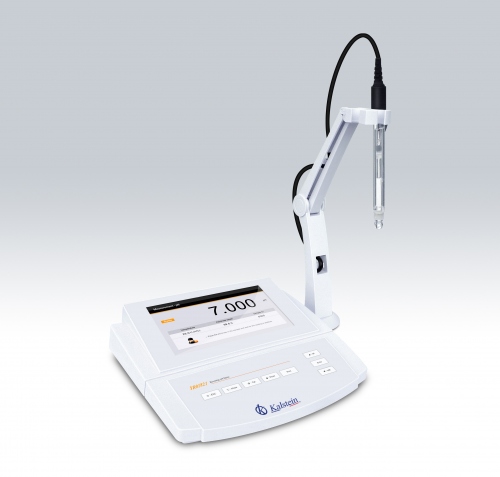
A pH meter or pH meter is a laboratory instrument used to measure the acidity or alkalinity of a solution, perform a fairly accurate analysis on these fluids, this is done through polarizable glass plates sensitive to hydrogen ions.
What is a laboratory shaker?
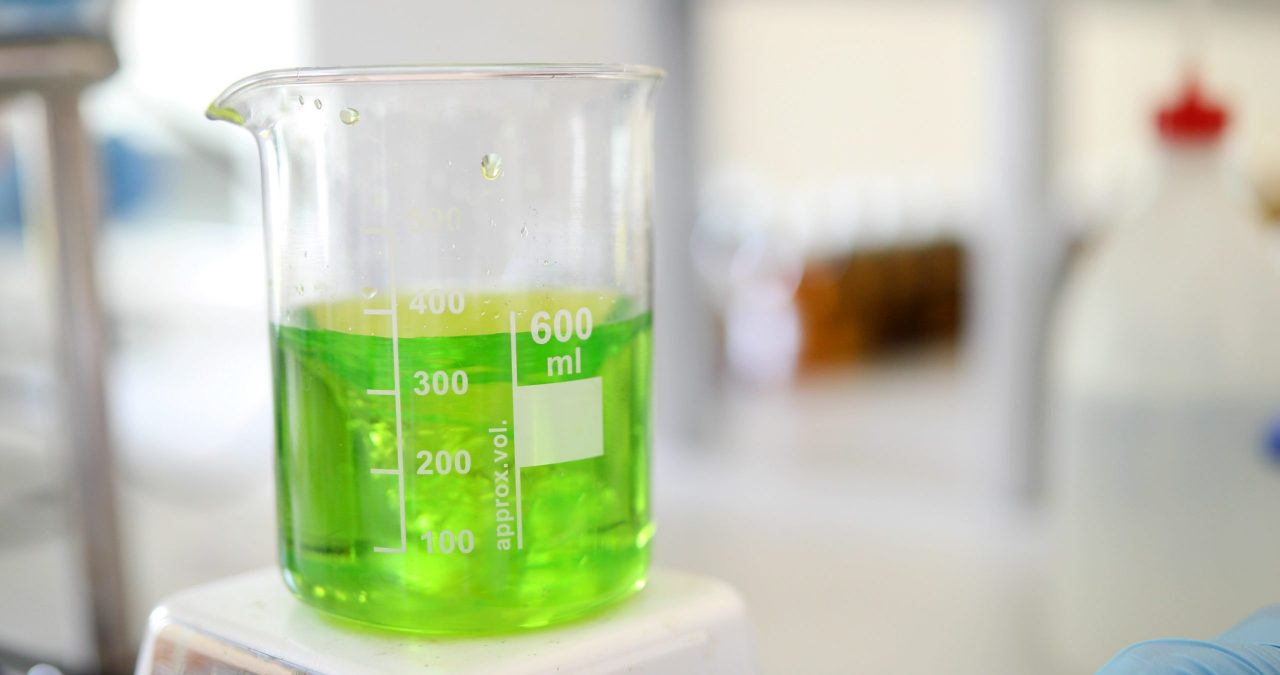
Laboratory shakers, which are used to mix liquids and prepare solutions and suspensions. These equipments create a movement between liquids or between liquids and solids in order to achieve mixing, suspension, dispersion, homogenization, heat transfer processes, among others.
Laboratory Shaker: What are its uses and importance?
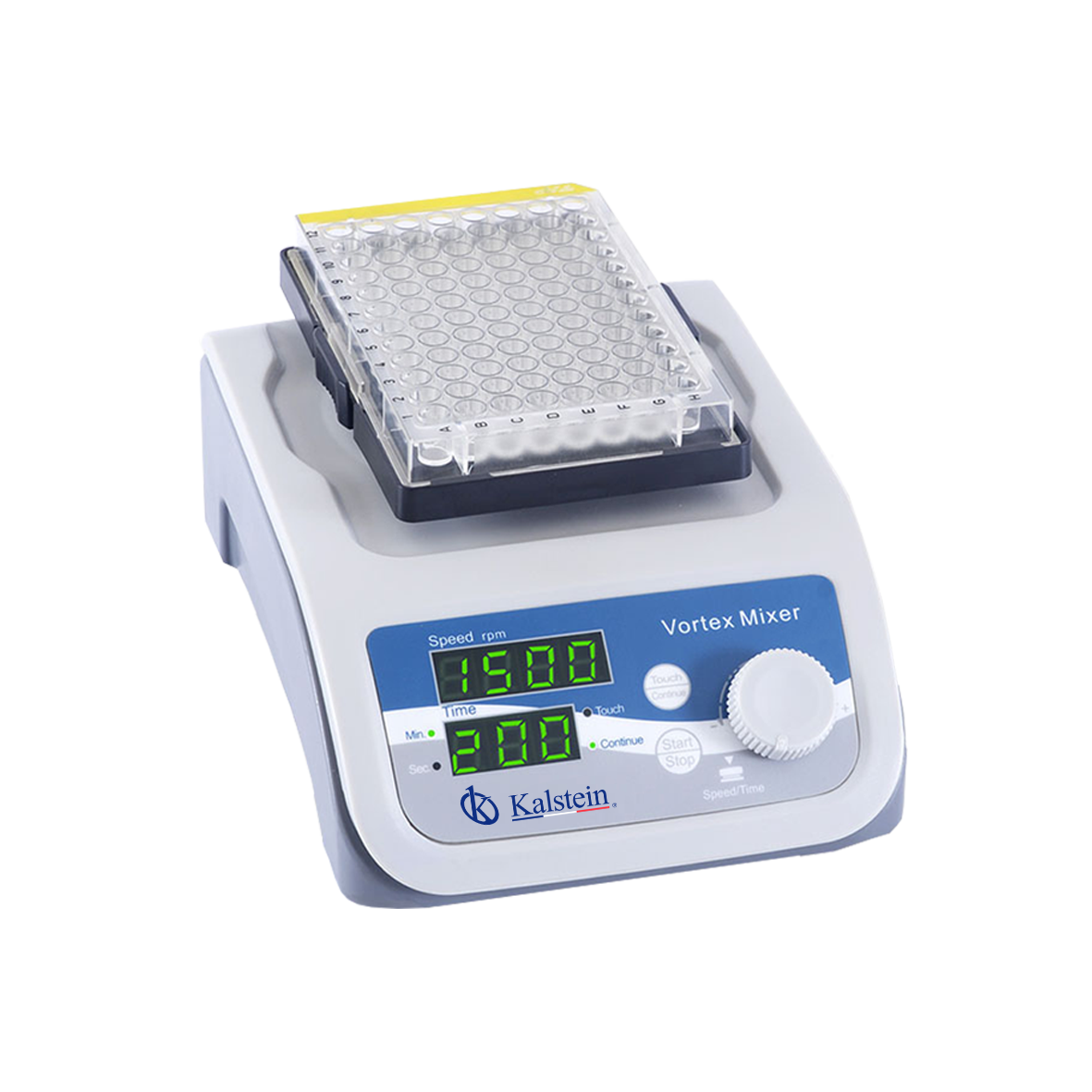
A stirrer is an instrument used in laboratories mostly for chemistry and biology, it is used to mix solutions or preparations, suspensions, these liquids that are going to be mixed or stirred are placed in glasses, tubes or flasks, since its inception the manual stirrer fulfilled the function of mixing liquids, with technological advances, agitator systems are used in all scientific, industrial, chemical, biology laboratories, among others.
Shakers: 3D, oscillating, linear, orbital, rotating, wheel, rolling and multifunctional. Differences
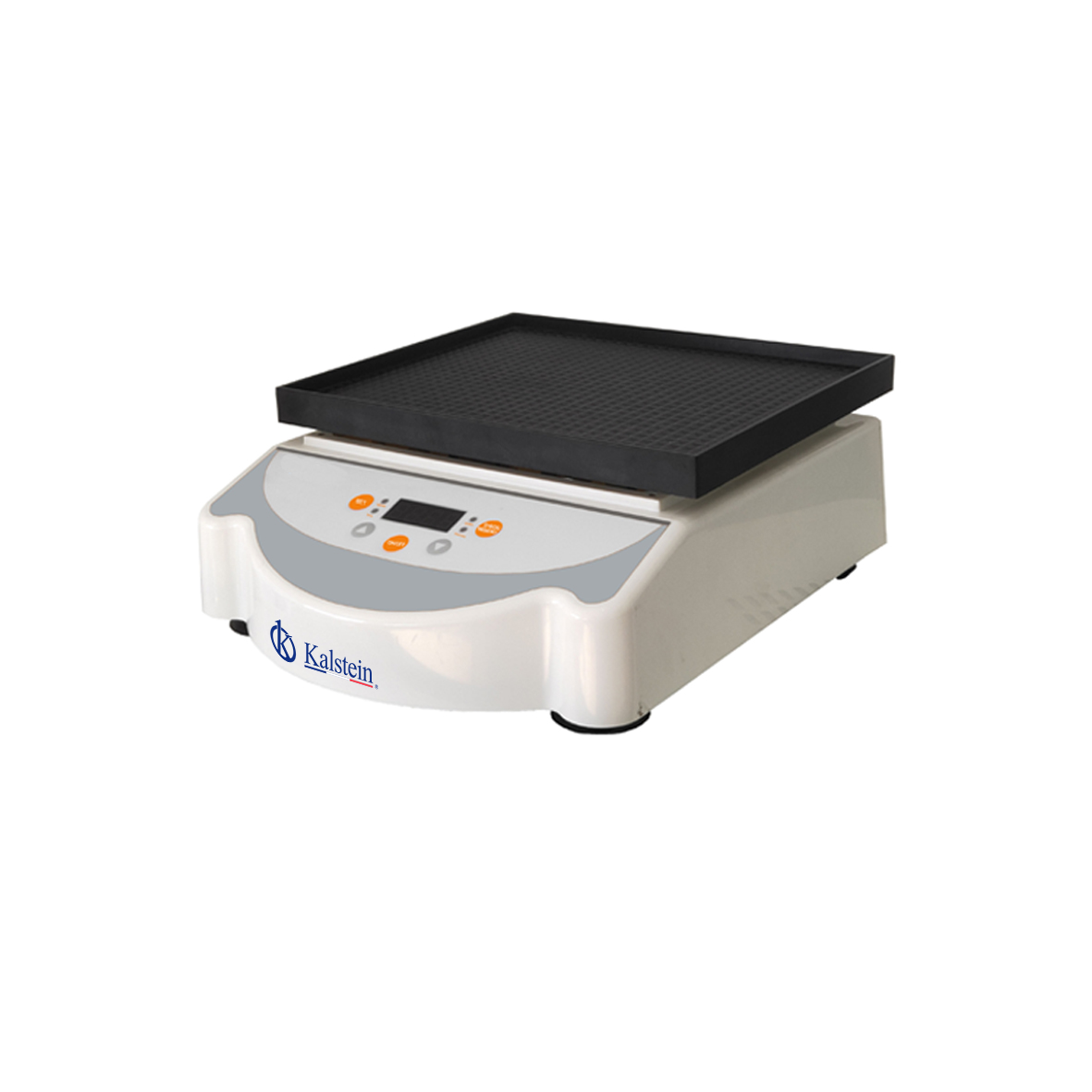
The different types of KALSTEIN shakers that we can offer you as a leading brand in the market, have certain differences based on their characteristics; that undoubtedly respond to the needs in the workplace that arise, KALSTEIN as manufacturers of laboratories, can offer you the necessary advice, and support that you require to clarify your doubts and solve your concerns.
Tube shakers in a laboratory
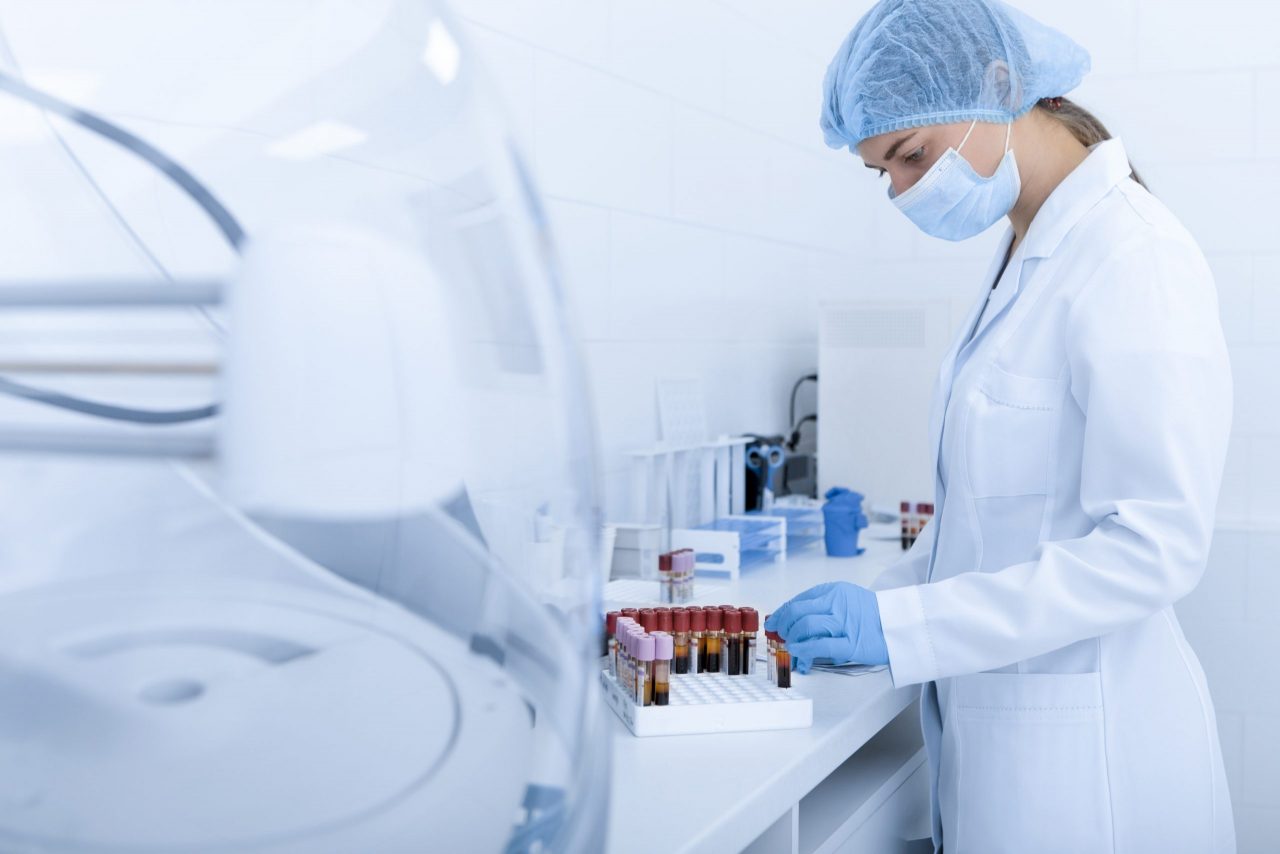
Tube shakers in a laboratory are equipment used in laboratories to mix tubes with liquid, and thus obtain homogeneous suspensions. They consist of an electric motor with a vertically oriented drive shaft attached to a lightly mounted rubber piece or arm attached to a movable rack.
Stirrers make it easy to mix your solutions
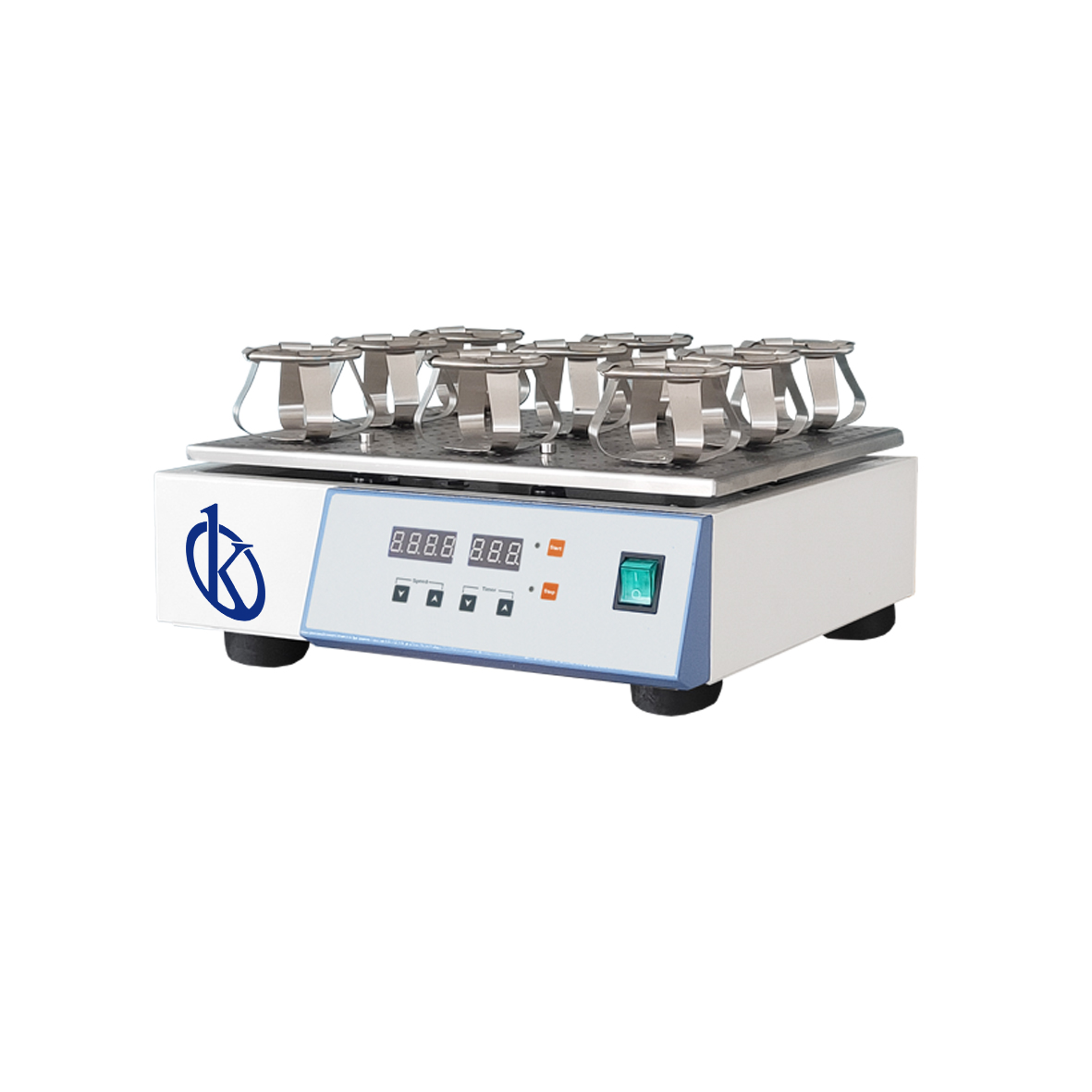
Shakers are laboratory equipment used to mix or stir substances in tubes or flasks, which is mainly used in the fields of chemistry and biology. An orbital shaker has a circular shaking motion and is suitable for culturing microbes and general mixing.
Vortex: is it a mixer, shaker or Agitator?
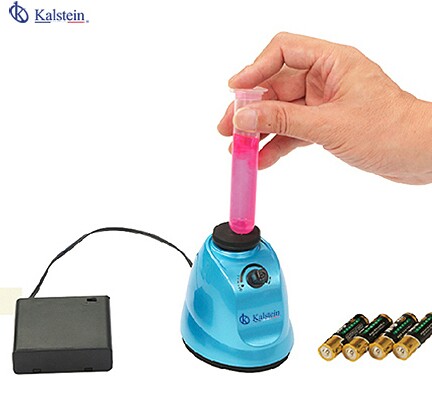
A vortex mixer is a type of shaker also called a vortex mixer, this is a simple device commonly used in laboratories to shake small tubes or vials of liquid. It consists of an electric motor with the drive shaft oriented vertically and attached to a slightly eccentric, cup-mounted piece of rubber or rubber.
Do you know what steps to follow to maintain your pH analyzer
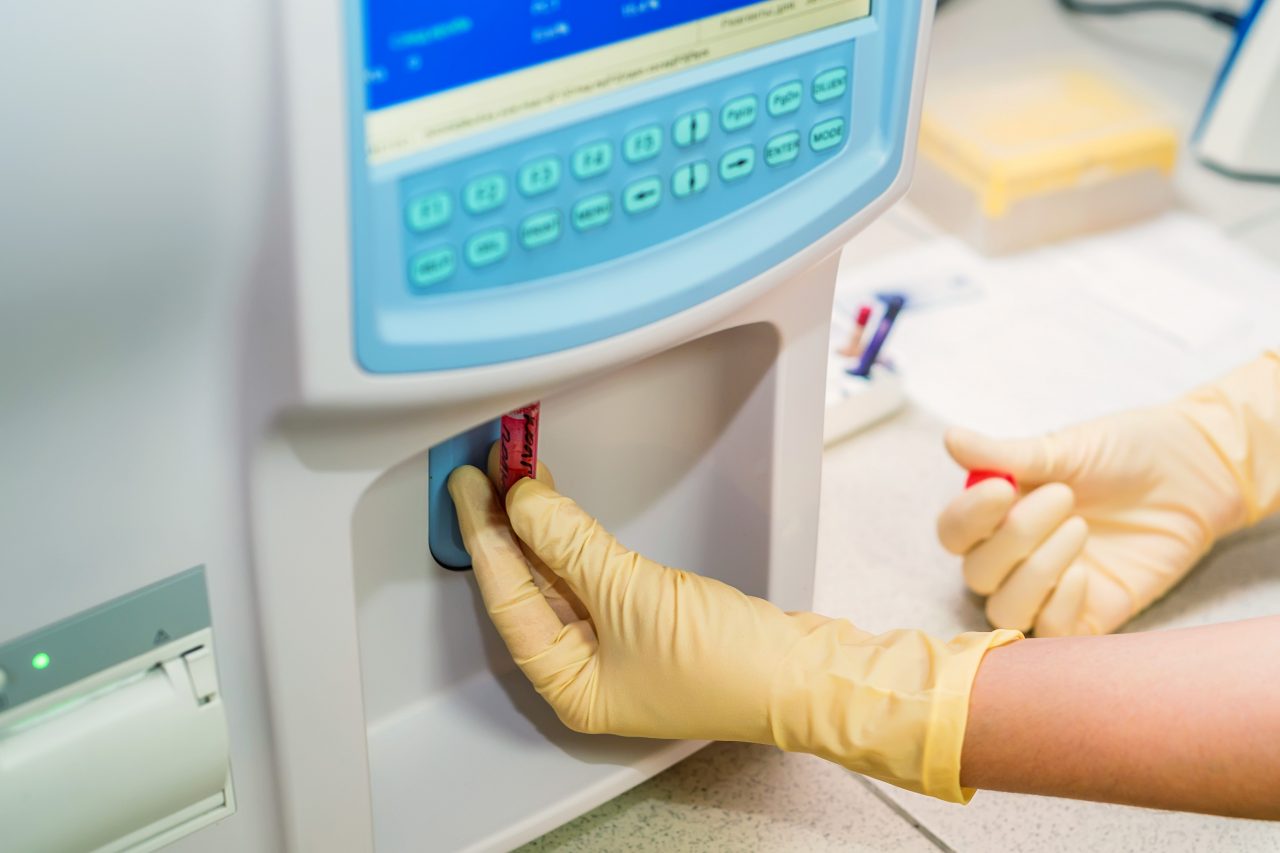
The pH analyzers have two general maintenance procedures: those directed to the analyzer body and those directed to the pH detection probe (electrodes). General maintenance procedures for the pH analyzer body (Frequency: Every six months)Examine the exterior of the equipment and assess its general physical condition. Check the cleanliness of the covers and their adjustment.
Blood Chemistry: Laboratory Analyzers
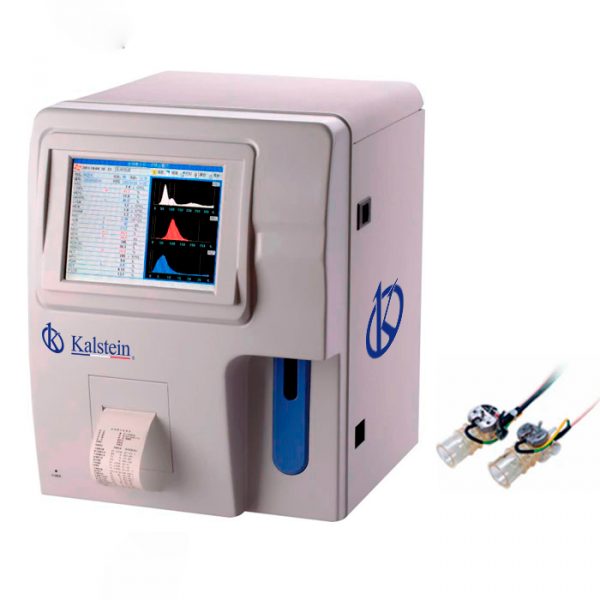
Blood chemistry is the measurement and reporting of dissolved chemical components in the blood. Its study provides information to the doctor through a series of tests about the metabolism in the human body and the functioning of some organs.
Hematology analyzer: interpretation of blood counts
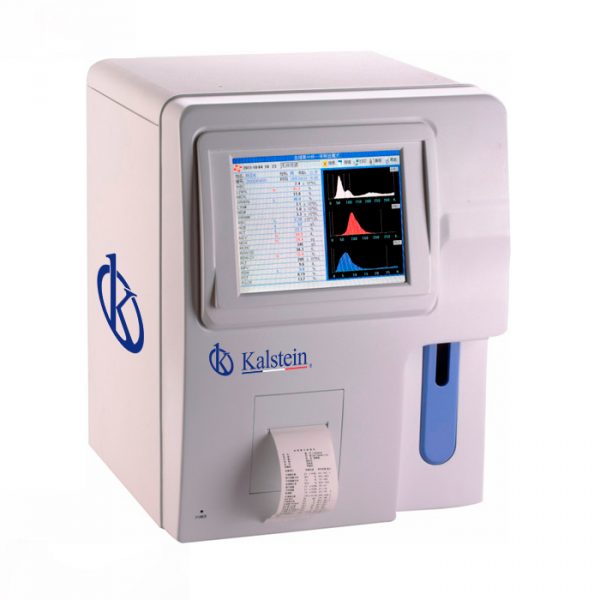
A blood count or hematological analysis reflects all the elements or components of the blood, reflecting their number or their proportion in the individual. In this analysis, the white or leukocyte series, the red or erythrocyte series and the platelets are measured.
